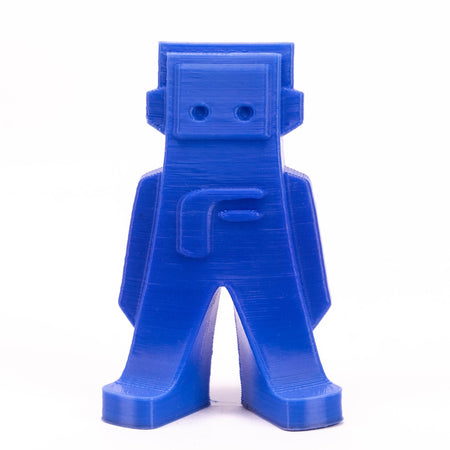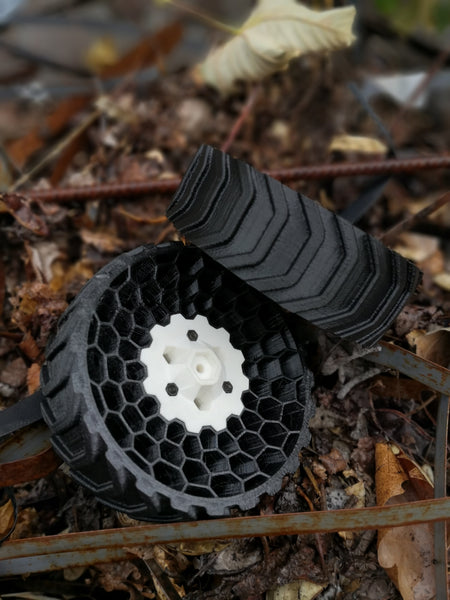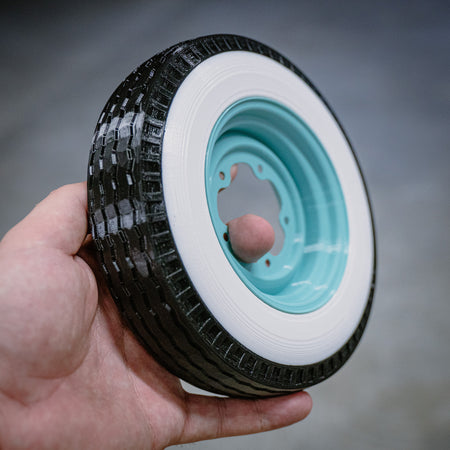What is TPE filament?
TPE (Thermoplastic elastomer) is what you get when you combine hard plastic and soft rubber, so it has both thermoplastic and elastic properties. TPE covers a wide range of flexible materials, including thermoplastic polyurethane (TPU), thermoplastic co-polyester (TCP), and thermoplastic polyamide (TPA).
What is TPU filament?
TPU (Thermoplastic polyurethane) is a type of flexible and elastic 3D printing filament. It is suitable for uses requiring impact-absorption and a soft-touch surface. Examples of TPU 3D printed parts include tubes, seals, bushings and vibration dampeners.
What is TPC filament?
TPC filament (thermoplastic copolyester) is a rubbery 3D printing filament which has good flexibility and is great choice for projects where flexibility is necessary. In addition, TPC has a low density, high impact resistance, good chemical resistance/properties and high-temperature resistance. Want to learn more about TPC 3D printing filament? Keep reading!
Thermoplastic copolyesters (TPC) are copolyether esters with alternating, random sequences of long-chain or short-chain glycols. They consist of both hard and soft segments. Hard segments are usually short-chain ester units, while soft segments are usually aliphatic polyether's and polyester glycols.
- Strength: Medium | Flexibility: Very High | Durability: Very High
- Difficulty to use: Medium (TPE, TPC); Low (TPU)
- Print temperature: 210°C – 230°C
- Print bed temperature: 30°C – 60°C (but not needed)
- Shrinkage/warping: Minimal
- Soluble: No
- Food safety: Not food safe







